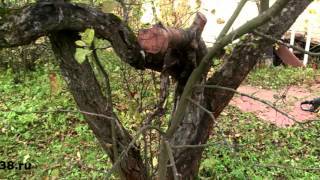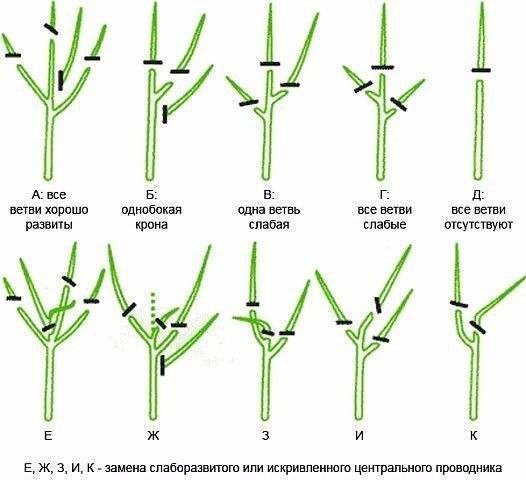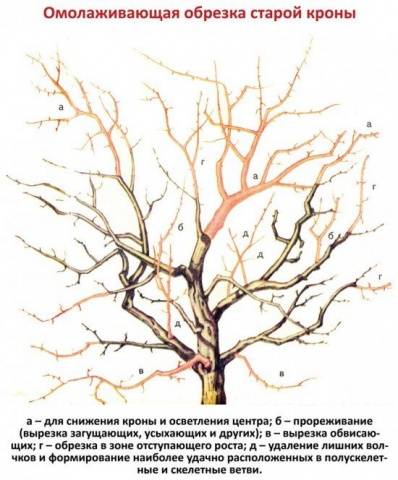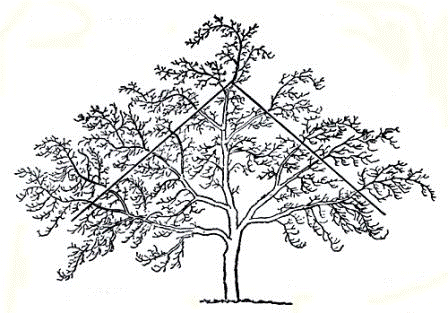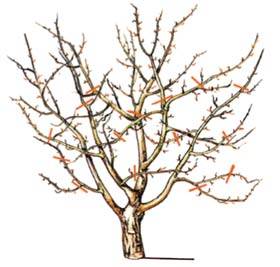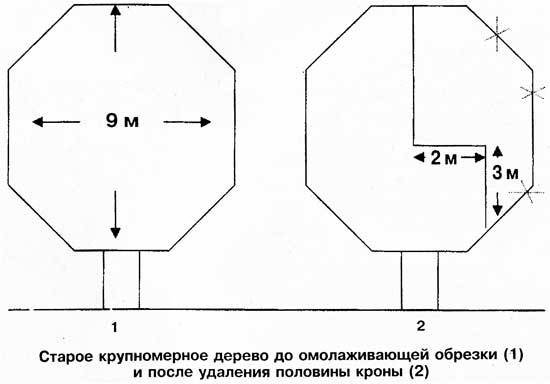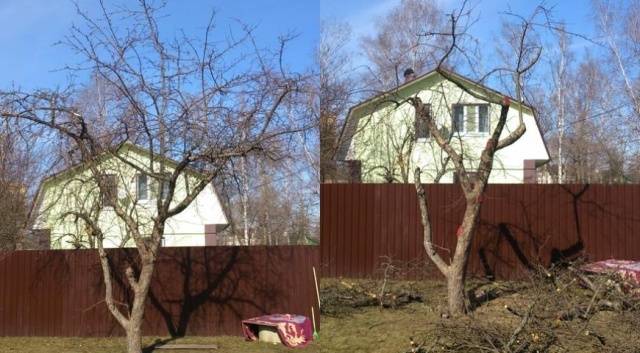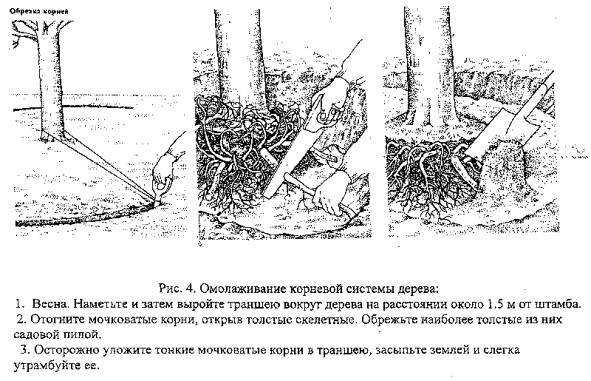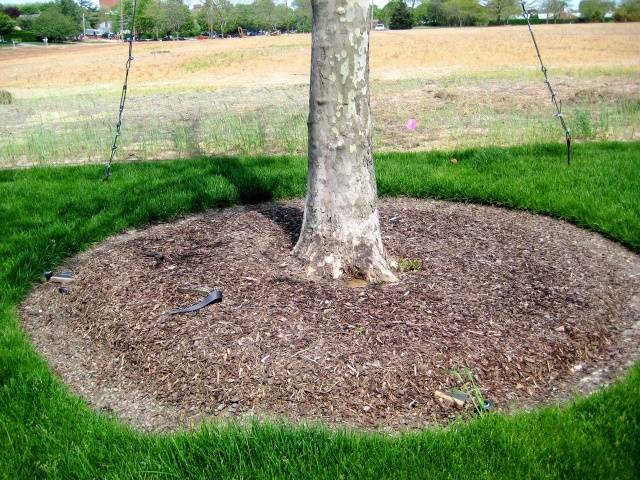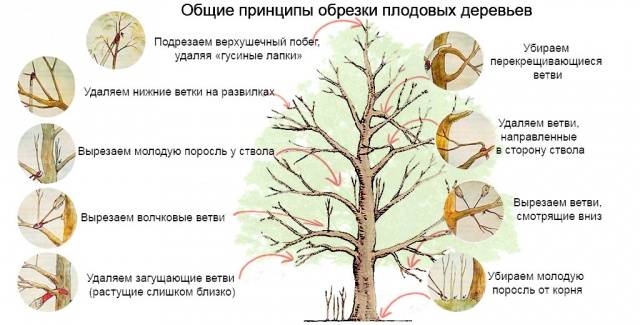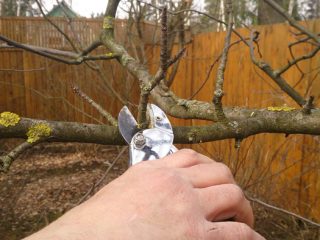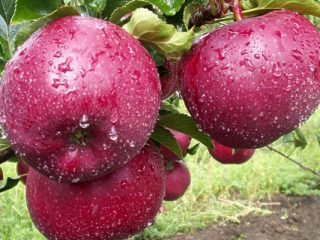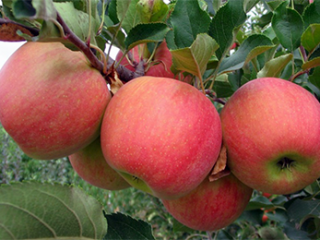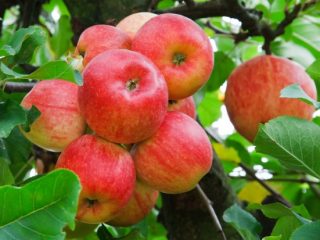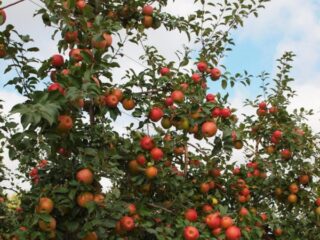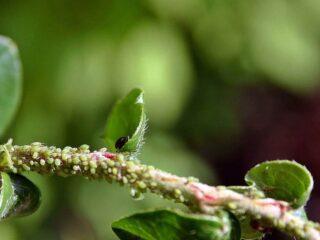Content
Each plant has its own time to live. So your apple trees have aged, the yield has decreased, the apples have become small. So, it's time to rejuvenate them. The only way to do this is pruning.
Apple trees are pruned correctly, otherwise you can simply destroy the tree. Moreover, each specific case will have its own characteristics, so the process should be approached creatively. But there are also rules that must always be followed.
Basic principles of pruning
The best time for pruning is spring, namely March. At this time, the greatest amount of nutrients is concentrated in the wood, so the tree will endure pruning less painfully. Some stages of pruning can be, and even advisable to be, carried out in the autumn.
- Pruning is always done in stages. If you cut off the entire crown at once, the tree may simply not survive.
- Always begin pruning from the part of the crown oriented to the south.
- For tall apple trees, shoots are shortened to reduce the height of the tree by about a third.
- It is not advisable to trim the branches that make up the skeleton of the tree; this is an extreme measure; it greatly weakens the apple tree.
- Remove shoots that have stopped growing. All cuts are made maintaining an angle of 45 degrees.
- When removing large branches, you need to remember that no more than 2 of them with a thickness of about 10 cm can be removed without harm to the tree.
- All branches thinner than a pencil and thicker with a diameter of up to 4 cm are cut directly under the bud. Cuts overgrow best if the thickness of the shoot does not exceed 2 cm.
- The shoots are trimmed, transferring them to a side branch so that their growth is vertical.
- All knots and stumps must be removed.
- It is necessary to observe subordination: the lower branches should not be higher than the upper shoots in height, lagging behind them in this indicator by about a third.
- Simultaneously with pruning the crown, the roots of the apple tree are rejuvenated.
- Cleaning the cuts with a knife and smearing them with garden varnish based on paraffin oils is a mandatory step after pruning. If the cut is more than 5 cm in diameter, it is covered with dark plastic film, which is secured. The film needs to be removed in early September.
- After pruning, from the sprouts that appear on the apple tree, only the strongest ones are left, growing outward, keeping a distance of 50 to 70 cm between them. The remaining shoots must be removed as soon as they grow 10 cm in length. Shoots are removed throughout the season.
In the photo, yellow arrows indicate the tops extending from the skeletal branches - red-yellow arrows.
If the tree has been regularly looked after and the crown has been formed, rejuvenating pruning will be much easier. Sometimes, when the garden is neglected, the apple trees are so neglected that it will take at least 10 years to bring them into proper shape.
Let's listen to the recommendations of experienced gardeners and prune old, neglected apple trees according to all the rules.
What you can do in the fall: diagram
Beginning - sanitary pruning:
- Branches that show signs of disease, as well as dead and damaged branches are removed. Trimming is done to the ring. On apple tree branches, the ring is a wrinkled part of the bark at the very base. It is never cut. The cut is always made a little higher.
- The crown is thinned out, for which diseased and twisted branches are first removed.
- Branches that make a small angle with the trunk are trimmed.
- Cut off all tangled branches, as well as those that touch each other.
- Carefully smooth all cuts. They are treated with garden varnish.
For more information about the autumn formation of an old apple tree, watch the video:
What to do with an old apple tree in spring: diagram
The spring formation of apple trees is carried out before the buds swell. The branches above the bud are shortened, the cut is made obliquely, the upper side is at the same level as the bud. For proper crown formation, the upper branches should be shorter than the lower and middle ones.
At the same time, in the spring, those shoots that are frozen are removed.
The length of the shoots left depends on the growth rate of the tree:
- in short and dwarf plants, only the tip of the shoot needs to be removed;
- in apple trees of medium growth, the shoots are shortened by a third;
- for vigorous apple trees - half.
All cuts are processed in the same way as in the fall.
All the details of pruning and shaping old apple trees in the spring are on video:
Features of gradual rejuvenation
The first stage of rejuvenation of an old apple tree begins from the southern part of the crown. After pruning, the remaining part of the crown should have a height of no more than 3 m, and the length of the branches should not exceed 2 m.
During this part of the pruning, the northern area of the crown remains unchanged and most fruiting will occur there. Skeletal branches are not cut off unless absolutely necessary, but semi-skeletal branches of all branching orders are removed or shortened as much as required in each specific case. After about 4 years, the regrown trimmed part of the crown begins to bear fruit. At this time, they begin to rejuvenate the northern part of the tree crown, carrying out it in the same order.
Extreme pruning of an old apple tree
With age, in tall apple trees, fruiting is concentrated on the periphery of the crown. Harvesting from such apple trees is very difficult. In this case, you can try extreme tree pruning. Before starting, we make sure that the tree trunk is in good condition, not damaged and has no holes or signs of disease. Pruning is carried out above the growth shoot, so as not to completely expose the crown, reducing its height to 2 m. The tree forms a large number of young shoots, on which fruiting will then occur. It is possible to form a tree in another way, as shown in the photo below.
At the same time, the main skeletal branches are gradually shortened by half and transferred to lateral growth.
It needs to be removed in the fall so that the tree can prepare for winter. If you do this kind of pruning in the fall, there is a high probability that the shoots will freeze.
Root system rejuvenation
It begins 4 years after the southern part of the crown has rejuvenated. At this time, the northern part rejuvenates. On the side where the crown was trimmed, step back about 3 m from the trunk of the apple tree, dig a trench 75 cm wide and deep, and its length should correspond to the trimmed part of the crown. The top layer of soil, the depth of a shovel bayonet, must be folded separately. Exposed roots are cut with a sharp shovel, large ones are cut with a garden saw or chopped with an ax.
The dug trench must be filled with a mixture of humus and fertile soil set aside. Proportions: one to one. Wood ash and complex mineral fertilizer must be added to the mixture. If the soil is mostly clay, it is loosened by adding coarse sand mixed with small pebbles. On light sandy soils, you need to add a mixture of peat and clay to the trench. If possible, add compost, which contains a lot of earthworms.
To make up for the damage caused to the tree by heavy pruning and to promote the rapid growth of new shoots, it needs to be properly cared for.
Tree care after anti-aging pruning
If old The apple tree was rejuvenated by pruning, its tree trunk circle needs to be fertilized. The amount of fertilizer applied depends on how well the soil is supplied with nutrients. If such provision is average, for each square meter the following is paid:
- from 6 to 8 kg of organic matter;
- about 20 g of urea;
- from 16 to 19 g of potassium chloride;
- 13 g superphosphate.
Up to 250 g per square meter of wood ash is an excellent source of potassium, phosphorus and trace elements. Apple trees are fertilized both in autumn and spring. To apply fertilizers, the soil is loosened with a pitchfork or dug up with a shovel, but not deeper than 15 cm. After the snow melts, the tree trunk circle is loosened so that moisture is not lost.
For a tree that is about 30 years old, about 20 wells will be required. They are drilled to a depth of 55-60 cm. Fertilizers must be added to such wells in a dissolved state. The amount of fertilizer remains the same as for applying under digging. If it is decided to apply fertilizer to the grooves, then they are placed a little further than the outer border of the crown. The length of the recess is 40 cm, with a width of about 50. After applying fertilizing, they need to be covered with earth. The next year the tree is fed from all sides. Summer feeding of the apple tree with complex fertilizers is necessary. If the tree is going to produce a large harvest, foliar feeding will be very useful. To do this, use a urea solution of 1% concentration: 100 g of fertilizer is diluted in 10 liters of water. This fertilizing is carried out in mid-summer so that the tree produces a sufficient number of flower buds for the next year.
Tips for inexperienced gardeners
To distinguish fruiting branches and not remove them when pruning, you need to remember that fruiting takes place on the following vegetative organs:
- ringlets - processes no longer than 5 cm with ring scars on the bark and apical bud;
- spears up to 15 cm long, located at an angle of 90 degrees to the branch, and having frequently seated buds and small thorns;
- fruit twigs - rather long branches that can be either straight or curved.
The richest fruits are ringed fruits.
For those who are just starting to garden and do not have much experience with pruning, the following tips will help:
- For pruning, use special garden tools: garden saws, pole loppers. Tools must be sharp and free of rust.
- We must not forget about disinfection of tools, otherwise the tree can be infected with pathogens. It is carried out either with a special antiseptic or medical alcohol, preferably after each cut, or, in extreme cases, before starting to trim the next tree.
- Be sure to treat the wood sections immediately after trimming and stripping to prevent them from drying out.
Pruning old apple trees is a long process that requires a lot of labor and effort, but it will help prolong the active fruiting of the tree for at least 15 years.

